Table of Contents (click to expand)
The presence of Hot Jupiters so close to their parent stars required scientists to come up with new theories, and they have found some very probable ones.
Hot Jupiters are some of the most fascinating and unique exoplanets in our galaxy. With high surface temperatures, these Jupiter-sized objects are known for orbiting unusually close to their host stars. This characteristic has resulted in some intriguing properties exclusive just to them!
But how did they end up this way in the first place? Given that they’re much closer than Mercury is to the Sun, it is interesting to consider how such giant objects formed so close to their parent stars.
To explain this, let’s first look at those theories that may explain their formation. The main idea to remember is that the result is these planets ending up close to their parent star. Three such theories attempt to do this:
- In situ formation
- Gas disk migration
- High-eccentricity tidal migration
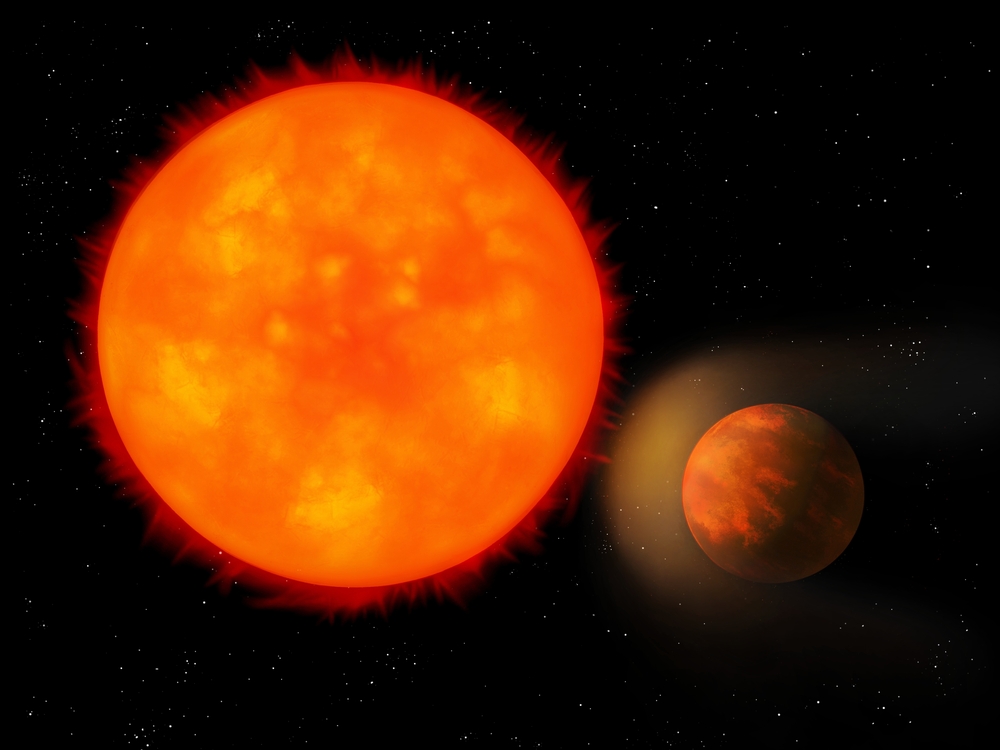
In Situ Formation
In the case of in situ formation, the planet formation occurs at the same place as its present-day location, and can occur through two mechanisms. The first is gravitational instability. Here, the creation of clumps of proto-planetary material (matter left over after the formation of stars) happens through gravitational variations. These will then go on to form planets. The second is via core accretion. In such a case, a rocky core of a proto-planet will start accreting gas towards it from the proto-planetary matter surrounding it.
While these two mechanisms suitably explain the formation of ordinary gas giants, astronomers aren’t entirely sure if these processes are feasible in the case of Hot Jupiters. The main reason is that Hot Jupiters lie near their host stars, and these in situ mechanisms cannot occur there. Thus, it seems like in situ formation cannot take place for Hot Jupiters.
However, a study conducted in 2021 intended to find out if that is indeed the case. The study primarily targeted Hot Jupiters that have a planetary companion. A planetary companion refers to an exoplanet that orbits the same host star as the Hot Jupiters and has orbits that are close to each other. Examples of such systems include WASP-47, Kepler-730, and TOI-1130.
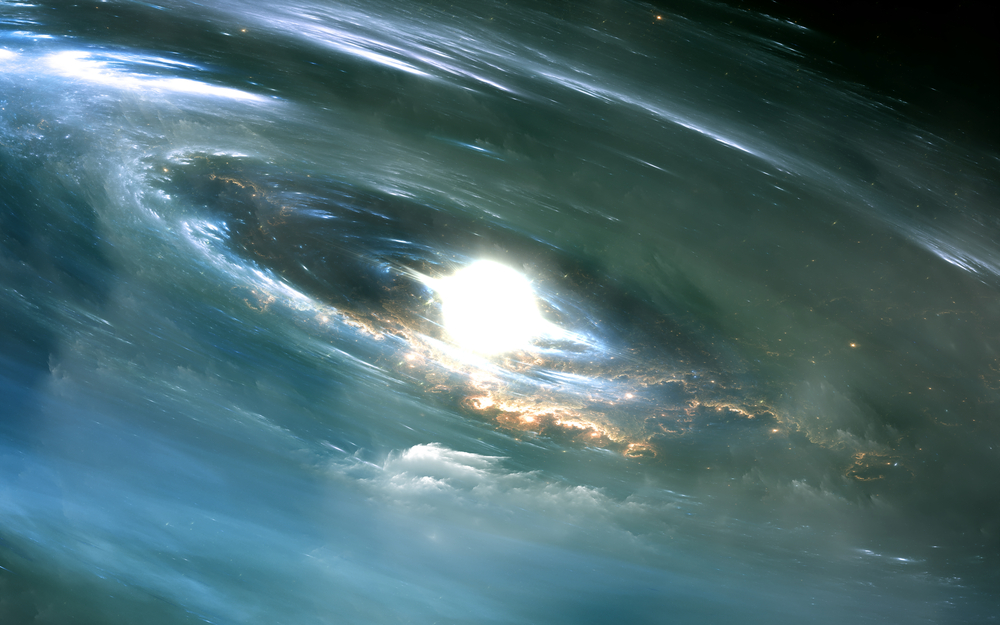
The study consisted of performing N-body simulations that included processes like the collision of objects, a proto-planetary disc of materials that changes over time, and changes in the shapes and sizes of orbits of proto-planets (newly formed planets). The simulation attempted to explore if in situ formation was possible in the case of Hot Jupiters with planetary companions.
The simulation consisted of two different initial conditions. One of the conditions consisted of a massive, newly formed planet, while the second consisted of several less massive ones (the seed-model). The second consisted of some equally-massive proto-planets (‘equal-mass-model’).
Of the two, the seed-model simulation consistently led to the formation of a Hot Jupiter and another class of exoplanets called Super-Earths. Meanwhile, the equal-mass model showed that one percent of the simulations resulted in a giant planet. Also, 0.26% of the simulations implied that transit detections (one of the methods used to detect exoplanets) would find Hot Jupiters with Super-Earth companions.
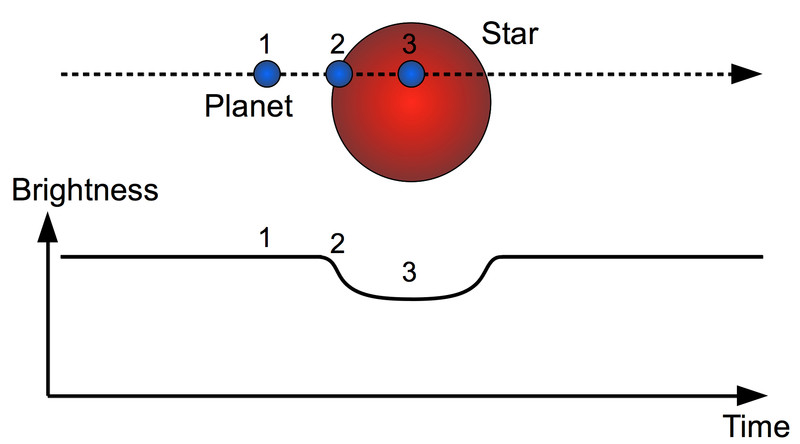
While it is a minor case, the 2021 simulation research shows that Hot Jupiters can form in situ. However, most of the time, Hot Jupiters probably form via Gas disk Migration or High-eccentricity tidal migration.
Also Read: What Are Hot Jupiters And Why Are Their Orbits’ Special?
Gas Disk Migration
In Gas disk migration, during the formation of a star system, a planet situated within the proto-planetary disk will sometimes disturb the gas inside that disk. The gas, in turn, exerts an equal and opposite force on that planet (Newton’s Third Law of motion) and changes its orbit.
Depending on the properties of the gas in the disk, including gas turbulence, viscosity, etc., this shifting of the planet’s orbit could cause it to either move towards (inward migration) or away (outward migration) from the host star.
The creation of Hot Jupiters occurs through a particular type of migration referred to as Type II migration. Here, the Hot Jupiter exerts so much force on the surrounding gas that it creates a definite gap along its orbit. Gas and other matter are present between the star and Hot Jupiter’s orbit. When it enters that gap, Hot Jupiter loses its energy and moves closer to the star. This process continues and results in that planet eventually coming very close to its star.
Knowing the rate of this migration is essential. If it migrates too fast, the Hot Jupiter will get engulfed or destroyed by the star. Two mechanisms can reduce and stop the migration of planets. One involves taking angular momentum from the host star, and the second is through the presence of a “magnetocavity” in the disk.
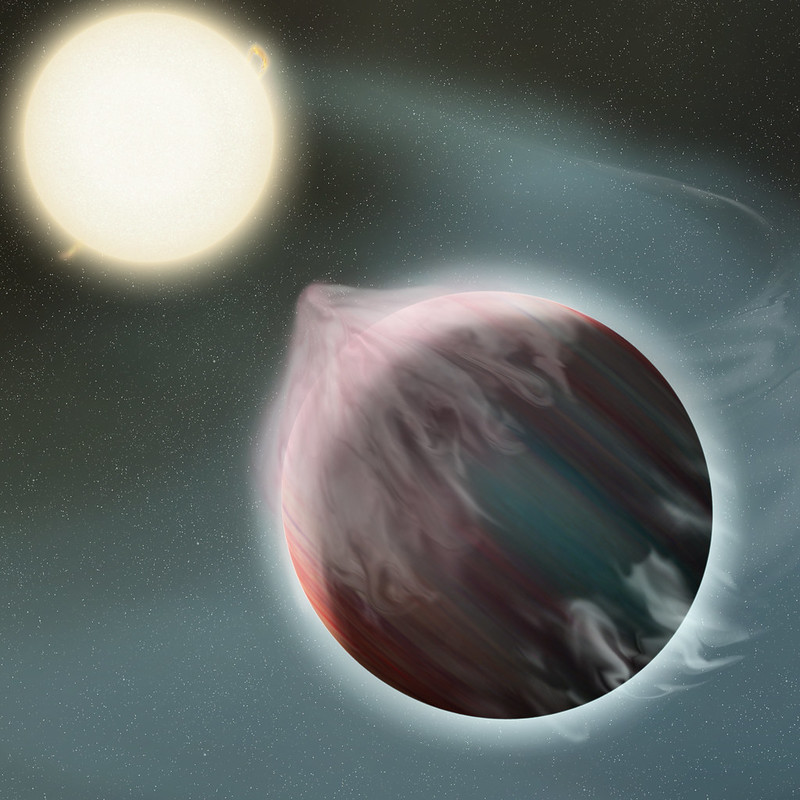
In the first mechanism, tides can enable the planet to extract some angular momentum from the star. This will stop that planet from migrating inwards any further, even though the Hot Jupiter could lose some of its mass (while still remaining a gas giant, of course).
In the magnetocavity scenario, the star’s magnetic field would create a gap inside the part of the disk closest to it. If the orbital speeds of the inner disk edge and the Hot Jupiter have a definite ratio, the exoplanet will stop migrating inwards.
Also Read: Could Jupiter Be A Star?
High-eccentricity Tidal Migration
The third theorized process is High-eccentricity tidal migration. This process consists of two steps. The first involves a perturbating object (like a massive planet) that disturbs the Hot Jupiter into a highly elliptical orbit. In the second step, due to tidal dissipation caused by its interaction with the host star, the trajectory of the Hot Jupiter becomes more circular, placing it very close to that star.
High-eccentricity tidal migration is capable of moving a Jupiter-sized planet located several astronomical units (AU) away from its parent star to being found at just several hundredths of an AU from the star.

Observational Evidence Of Formation Mechanisms
While three formation mechanisms have been described here, none of them can explain all the observable properties of Hot Jupiters. The three mechanisms can successfully explain certain features, like their large radii (they are giant planets, after all), as well as their very short orbits.
High-eccentricity tidal migration can explain some qualities that the other two mechanisms can’t, such as the elliptical orbits of certain Hot Jupiters. Features like the occurrence rates of Hot Jupiters can be explained only with the disk migration mechanism. Both in situ formation and disk migration can explain the formation of a particular class of Hot Jupiters called T Tauri Hot Jupiter.
Some of the discovered Hot Jupiters (around 25 percent) seem to have retrograde orbits. This means that their revolution around the star is opposite to the direction of the star’s spin. None of the three formation methods proposed here can explain this. A research paper published in 2011 has attempted to understand this puzzle.
In the study, the calculations performed looked into the effect of long-term perturbations on a Jupiter-like body using a three-planet scenario. The assumed configuration is that the Hot Jupiter would be between two planetary perturbers. Combining this with the effects of tidal forces, it eventually results in a Hot Jupiter with a retrograde orbit.
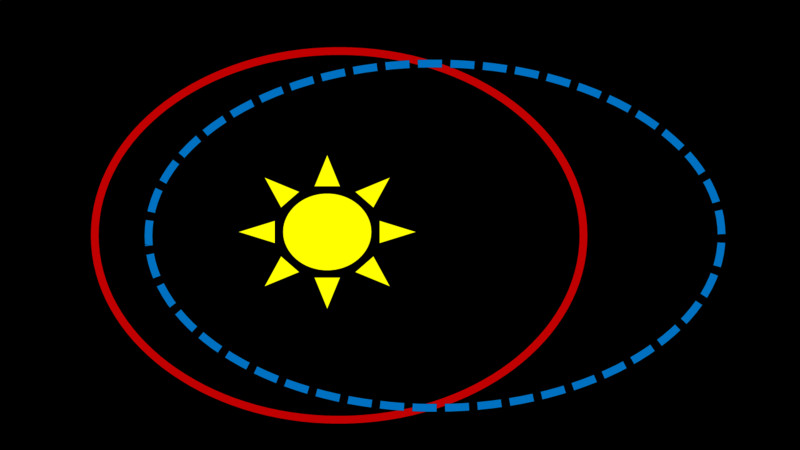
The calculations also show some unique scenarios, especially since this entire process of orbit-flipping is decidedly chaotic. During this, the eccentricity of the Hot Jupiter keeps changing, sometimes making it more elliptical and sometimes less. The inclination of the orbit keeps changing too!
A Final Word
Here, we have explored how Hot Jupiters could potentially form. Finding ways to help explain their occurrence is essential to understand more about the physical processes occurring within our Universe. With exoplanet studies showing new types of planets not found in our solar system, finding theories to explain their formation and evolution is an understandably hot topic.
While the three mechanisms cannot provide an entire picture, it is plausible that astronomers are close to coming up with a unifying theory that can consistently explain them all. More observations and exoplanet studies will be needed, making it an exciting opportunity for anyone still eager to make a name for themselves in the world of astronomy!
How well do you understand the article above!

References (click to expand)
- Dawson, R. I., & Johnson, J. A. (2018, September 14). Origins of Hot Jupiters. Annual Review of Astronomy and Astrophysics. Annual Reviews.
- Naoz, S., Farr, W. M., Lithwick, Y., Rasio, F. A., & Teyssandier, J. (2011, May). Hot Jupiters from secular planet–planet interactions. Nature. Springer Science and Business Media LLC.
- Hot Jupiters and Stellar Multiplicity. The California Institute of Technology
- Poon, S. T. S., Nelson, R. P., & Coleman, G. A. L. (2021, May 21). In situ formation of hot Jupiters with companion super-Earths. Monthly Notices of the Royal Astronomical Society. Oxford University Press (OUP).
- Hord, B. J., Colón, K. D., Berger, T. A., Kostov, V., Silverstein, M. L., Stassun, K. G., … Vanderburg, A. (2022, June 16). The Discovery of a Planetary Companion Interior to Hot Jupiter WASP-132 b. The Astronomical Journal. American Astronomical Society.
